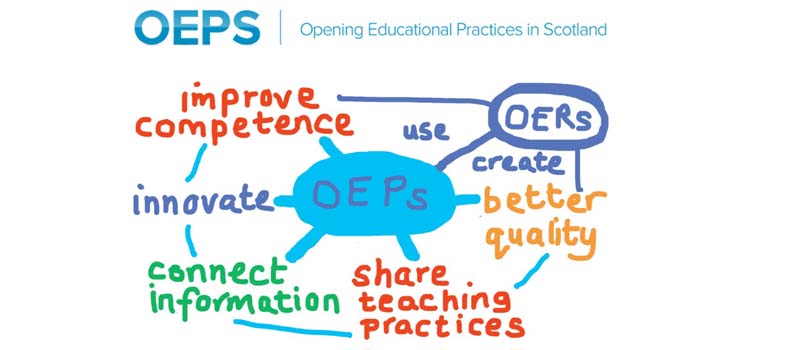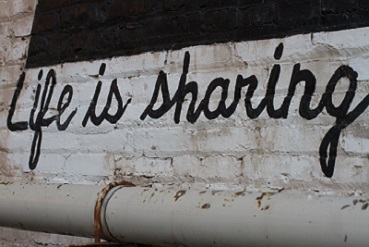1.2 What does ‘open’ mean?
What does it mean to describe an educational practice or educational resource as ‘open’? In part, this depends on the definition of ‘open’ you are using, but it also reflects the context you are working in or referencing. To start thinking about openness, let’s introduce some of the characteristics usually associated with this concept.
Access
Open is often associated with increased access to resources. In particular it is associated with open access [Tip: hold Ctrl and click a link to open it in a new tab. (Hide tip)] and the drive to ‘open up’ academia by publishing research outputs on an open licence. Access to research is increased because resources might not have previously been available and potential users do not need to pay to view or use materials (e.g. resources are not behind a paywall). Increasing access to a resource can also refer to the way a resource is displayed or presented. For more on accessibility see Section 3.5.
Transparency
‘Open’ is often associated with increased transparency, for example in relation to one’s own practices or data. This is particularly the case when one shares data, research and materials with others and by doing so enables public scrutiny of processes, outputs and assertions. For example, making datasets openly available allows others to check for errors, carry out different or the same analyses and ultimately develop and improve research further.
A wide range of government bodies, organisations and foundations support increased or open access to research or data through policy or by funding projects, networks or initiatives that develop open materials or practices. These include the Scottish Funding Council which funds projects such as Opening Educational Practices in Scotland (OEPS) and Open Scotland which is supported by The University of Edinburgh and other organisations, including OEPS. The Wellcome Trust and Research Councils UK (RCUK) have open access publishing policies. Open Knowledge Foundation Scotland is a third-sector organisation that promotes, connects and supports open education initiatives across Scotland.
Free
The term ‘free’ is often used in relation to open educational resources (OER). But what does ‘free’ mean within the context of ‘open’?
As noted above, increasing access to resources often involves removing the need to pay for a resource at the point of use. This type of ‘free’ has been described as ‘gratis’, as the user is not charged a fee to access or use the resource. Any costs associated with a resource’s creation and/or maintenance are absorbed elsewhere, for example by the creator or funder. (OER projects and providers are often supported by philanthropic organisations such as The Hewlett Foundation or the Gates Foundation.)
Another meaning of ‘free’ within the context of openness is ‘libre’. If a resource is ‘libre’ it doesn’t have limitations on the way in which you can use it. Within the context of openness this refers to the potential of openly licensed materials to be reused. However, different licences afford the user different levels of reuse, and some are not considered to be ‘free’ in the ‘libre’ sense. Open licensing is discussed in more detail in Section 1.5. In the meantime, if you are interested in finding out more about the distinction between ‘libre’ and ‘gratis’ and the controversy over open licensing you can read more in ‘Is OER actually open? Gratis vs libre’.
Sharing
In these cases, increasing access to resources through sharing, particularly when material is shared digitally, often means that resources are able to go beyond the original contexts and boundaries intended by their creator.
In Section 1.6 you will find some examples and further reading for each of the above characteristics associated with 'openness’.
Activity 1A
The course will explore the meaning of ‘open’ educational resources and ‘open’ educational practices. To begin with, however, let’s focus more broadly on what kind of qualities might be associated with openness.
- Do the above characteristics (sharing, free, transparency and access) resonate with you? Which of these do you feel are particularly relevant in your context and why?
- How would you characterise openness?
Write down your thoughts in your reflective log. You may find it useful to revisit these observations later in the course.
1.1 Introduction


